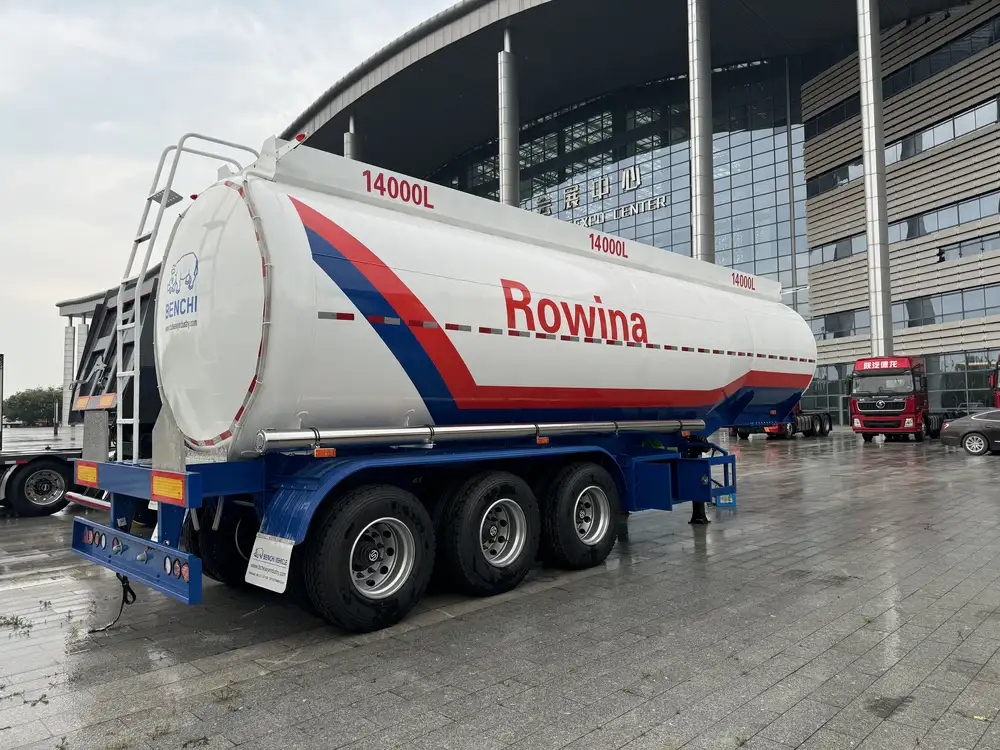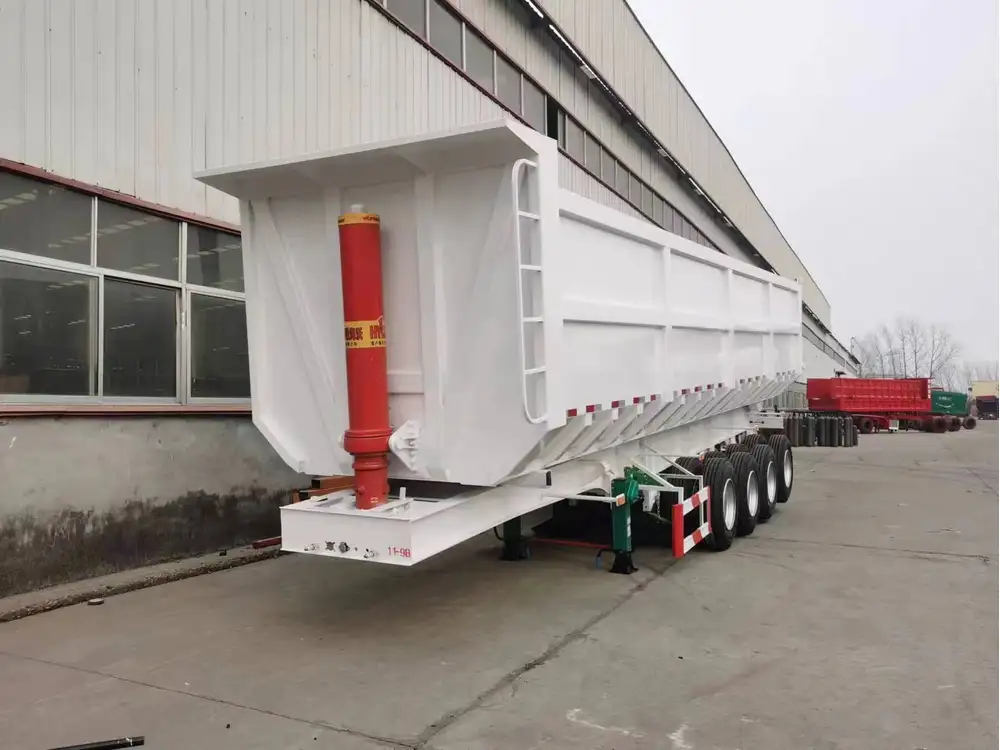Table of Contents:
- Understanding Your Equipment
- Types of Mini Excavators
- Dump Trailer Features
- Preparing for Loading
- Safety Precautions
- Equipment Inspection
- Step-by-Step Procedure to Load a Mini Excavator
- Ramp Setup
- Loading Technique
- Securing the Load
- Common Mistakes to Avoid
- Tips for Safe Transportation
- Conclusion and Best Practices
Understanding Your Equipment
Types of Mini Excavators
When it comes to loading mini excavators, familiarity with the variety of models enhances safety and efficiency. Mini excavators generally fall into three categories: compact, standard, and mini.
| Type | Weight Class | Typical Uses |
|---|---|---|
| Compact | Up to 5,000 lbs | Tight job sites, small landscaping |
| Standard | 5,000 – 10,000 lbs | Construction, landscaping |
| Mini | 10,000 – 12,000 lbs | Heavy excavation, utility work |

Dump Trailer Features
Understanding the features of your dump trailer is crucial for successful loading. Key aspects to consider include:
- Weight Capacity: Ensure your dump trailer can handle the mini excavator’s weight.
- Ramp Design: A sturdy and appropriately inclined ramp facilitates easier loading.
- Towing Compatibility: Confirm that your towing vehicle can manage the combined weight of both the trailer and the excavator.
Preparing for Loading
Safety Precautions
Before engaging in any loading operation, adherence to safety protocols is non-negotiable:
- Wear Personal Protective Equipment (PPE): Safety boots, gloves, and a hard hat are essential.
- Site Assessment: Inspect the loading area for uneven ground or obstacles that could pose risks.

Equipment Inspection
Taking time to inspect both the mini excavator and dump trailer before loading can prevent accidents:
Mini Excavator Check:
- Inspect hydraulic fluid levels.
- Make sure tracks are in good condition.
- Verify that all operational controls are functioning properly.
Dump Trailer Check:
- Ensure the ramps are securely attached.
- Check tire pressures and lights.
- Confirm the integrity of the trailer body.
Step-by-Step Procedure to Load a Mini Excavator
Loading a mini excavator into a dump trailer requires meticulous planning and execution. Follow these steps for optimal results:
Ramp Setup
The ramp is your bridge between the ground and the trailer, and its setup is pivotal. Here’s how to ensure optimal ramp placement:
- Position the Ramp: Lay the ramp against the trailer’s rear, making sure that it’s on a flat, stable surface.
- Check for Stability: Use wheel chocks or blocks to stabilize the ramp and prevent it from slipping.

Loading Technique
Employ the following technique to load the mini excavator safely:
Start with the Tracks Level: Position the mini excavator so that its tracks are parallel to the ramp. This balance assures stability during loading.
Climb the Ramp Slowly: Gradually press the accelerator, allowing the excavator to ascend smoothly. Avoid rushing – sudden movements can destabilize the vehicle.
Maintain a Straight Path: Keep the excavator’s path aligned with the ramp to prevent any tire slippage or tipping.
Stop and Assess: Once the front tracks are on the trailer, stop and assess your position. Adjust if necessary before proceeding further.
Securing the Load
The importance of securing the mini excavator cannot be overstated. Once loaded, take the following steps:
Use Heavy-Duty Straps: Secure the excavator with straps rated for the weight. Attach these near the machine’s center of gravity for optimal stability.
Check Chain Bindings: Utilize chains where possible, cross-tying them to maximize load security.
Final Inspection: Before moving, make a final check on all points of connection to ensure they are firmly in place.
Common Mistakes to Avoid
Enhancing your loading skills involves recognizing frequent pitfalls:
| Mistake | Consequences |
|---|---|
| Rushing the Process | Increased risk of tipping and accidents |
| Impaired Weight Distribution | Load instability leading to trailer sway during transport |
| Neglecting Communication | Misunderstandings can result in operational hazards |
| Ignoring Environmental Conditions | Loading on an uneven surface can lead to accidents |

Tips for Safe Transportation
Having successfully loaded your mini excavator, focus on safe transportation:
Drive Slowly: Transport the load at reduced speeds, particularly over rough terrain.
Adjust Mirrors: Ensure visibility is maximized and check trailers frequently.
Keep Distance: Maintain adequate space between your vehicle and others on the road to avoid sudden stops.
Use Caution at Stops: Monitor the load for shifting during frequent stops and starts.
Conclusion and Best Practices
Loading a mini excavator into a dump trailer is a skill that requires practice, attention, and adherence to safety protocols. By employing sturdy ramps, following a methodical loading approach, securing your load, and steering clear of common mistakes, you can streamline the process, maximizing efficiency and minimizing risk.
Remember:
- Always conduct thorough inspections.
- Prioritize safety measures.
- Maintain clear communication with team members.
With the insights and directives provided within this guide, we aim to empower you with the necessary knowledge and confidence to load mini excavators safely and efficiently, ensuring that your projects run seamlessly.



